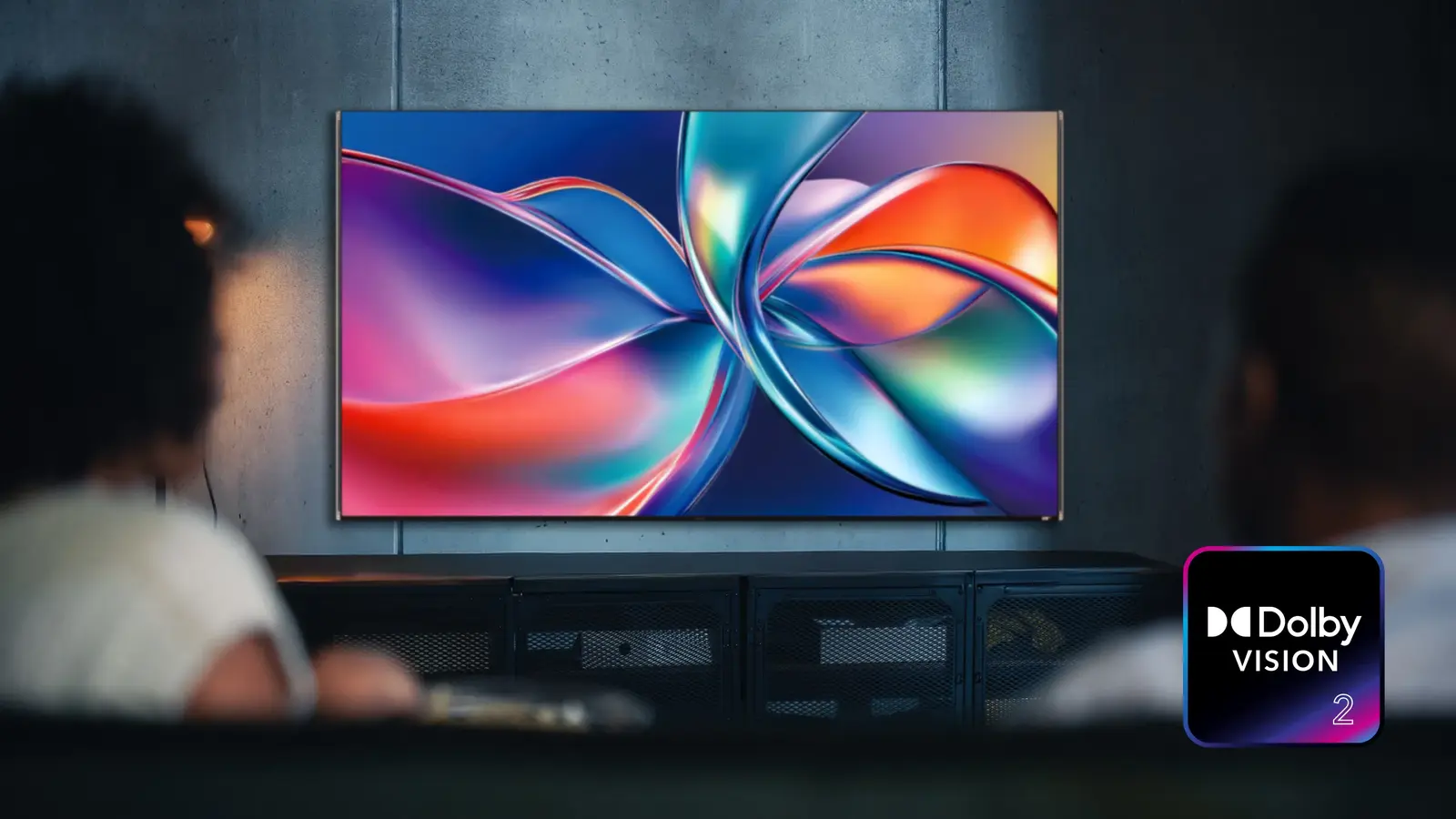3 Minutes
Samsung this week unveiled HDR10+ Advanced at IFA Berlin — a major upgrade to its HDR format designed for next‑generation premium TVs. The company says the new spec brings AI-driven tone mapping, genre-aware metadata, a 5,000‑nit Bright mode and smarter gaming features that aim to push picture quality closer to the limits of modern displays.
What Samsung demonstrated at IFA
The tech was shown on Samsung’s 115‑inch Micro RGB LED prototype. Reviewers at the demo reported deeper contrast, richer colour and more perceived image depth compared with the TV running the older HDR10+ profile. Timing-wise, HDR10+ Advanced looks like Samsung’s direct response to Dolby’s Dolby Vision 2 announcement a few months ago.
Key innovations: AI, metadata and more
Samsung says HDR10+ Advanced introduces several new capabilities that help displays interpret and render HDR content with greater nuance. Highlights include:
- AI-powered tone mapping — New algorithms adjust brightness and colour dynamically, tailoring scenes to the display’s capabilities.
- Extended statistical metadata — Richer metadata gives TVs a finer understanding of tonal nuances across a title.
- HDR10+ Bright mode — Built for extreme displays, it supports peak brightness up to 5,000 nits and the full BT.2020 colour gamut.
- Genre mode — Creators can tag content (sports, drama, news), letting displays apply tailored tone‑mapping curves per genre.
- Intelligent Frame Rate Conversion (FRC) — Segment‑aware judder cancellation that adapts based on content and ambient conditions.
- Adaptive gaming features — Real‑time tone mapping for cloud titles that factors in room lighting and other variables.

Why this matters — and where Dolby fits in
HDR formats compete on two fronts: how much metadata is available to shape the image, and how smart the display is at applying that data. Dolby Vision 2 updated Dolby’s platform for more dynamic, spatially aware processing; Samsung’s HDR10+ Advanced leans into AI and extended metadata to close the gap while remaining an open format. For consumers, the result should be brighter highlights, deeper colours and fewer artefacts when scenes swing between dim and blazing shots.
From HDR10+ to HDR10+ Advanced: the evolution
When Samsung launched HDR10+ in 2017 it moved from static to dynamic tone mapping, which was a major leap for colour and contrast. HDR10+ Advanced builds on that foundation by introducing machine learning and richer metadata to make per‑scene and even per‑frame adjustments more precise.
When will you see it on store shelves?
According to industry briefings, Samsung expects HDR10+ Advanced to reach flagship sets in 2026, with additional details to be shared at CES 2026. Early demos will likely remain limited to high‑end prototypes and showfloor models before broader adoption across midrange and lower‑end displays.
Whether you’re a home‑theater enthusiast or a casual viewer, HDR10+ Advanced signals a continued push toward brighter, more detailed and context‑aware HDR — and another step in the format rivalry that will shape TVs for the next few years.
Source: neowin


Leave a Comment